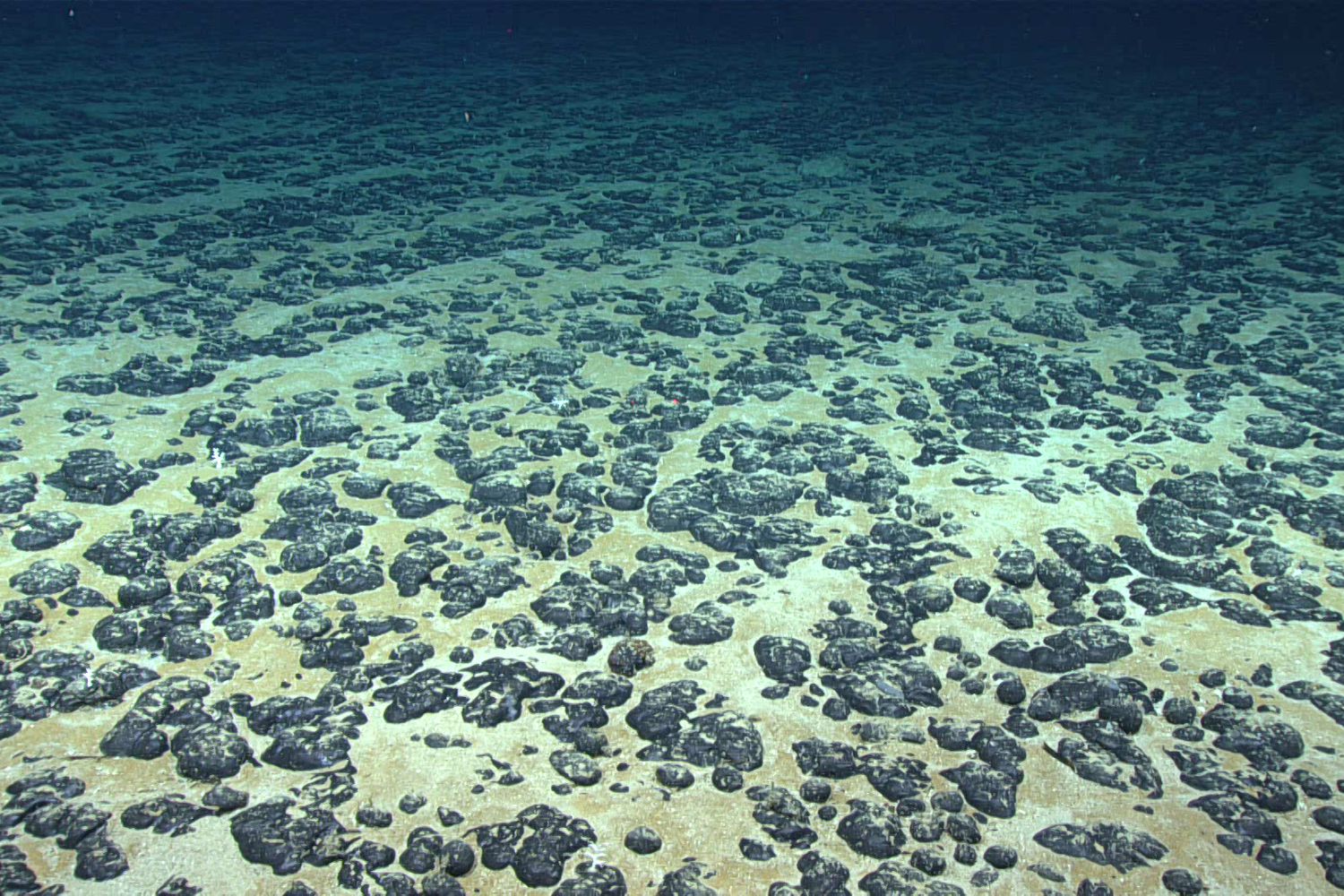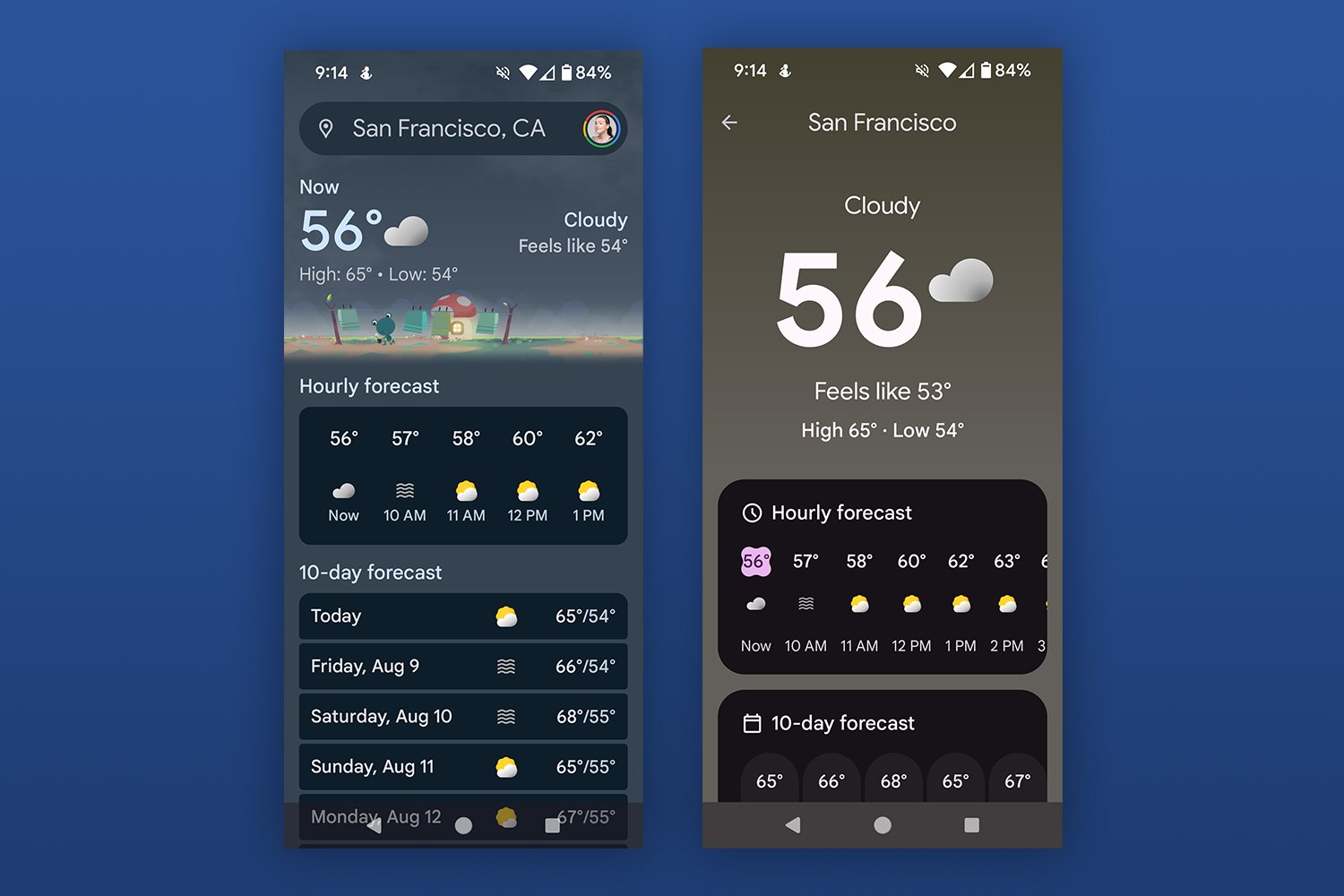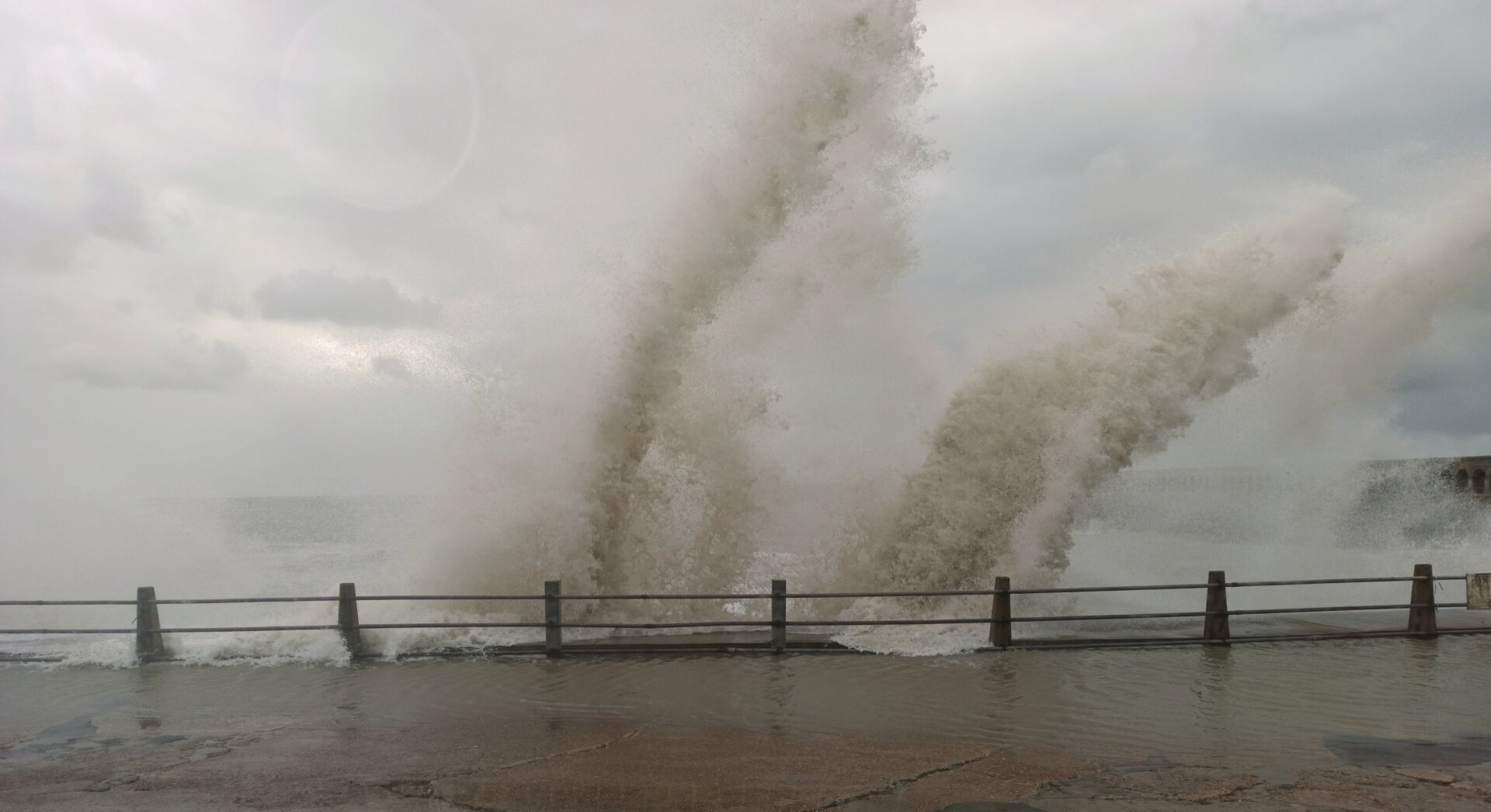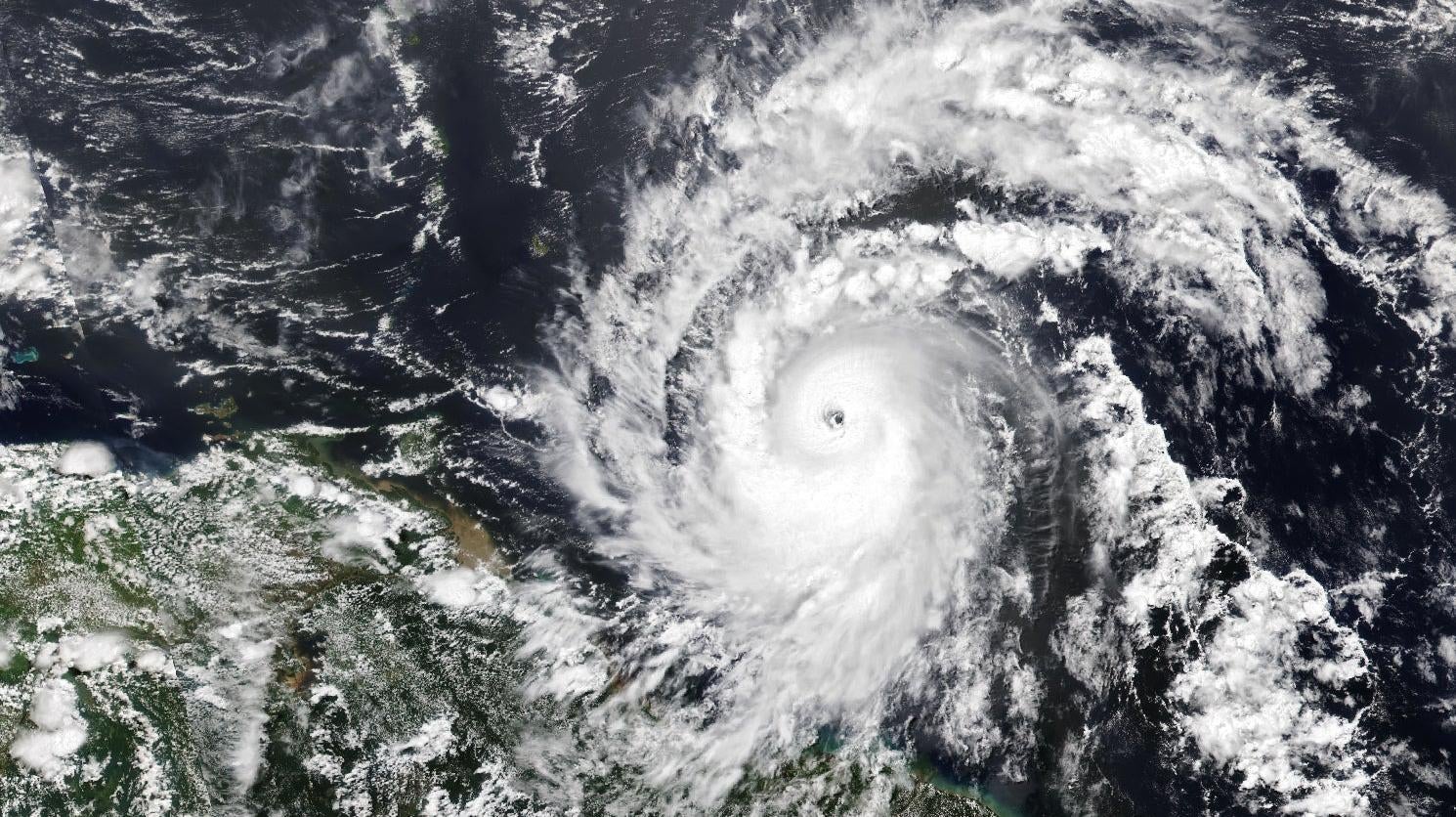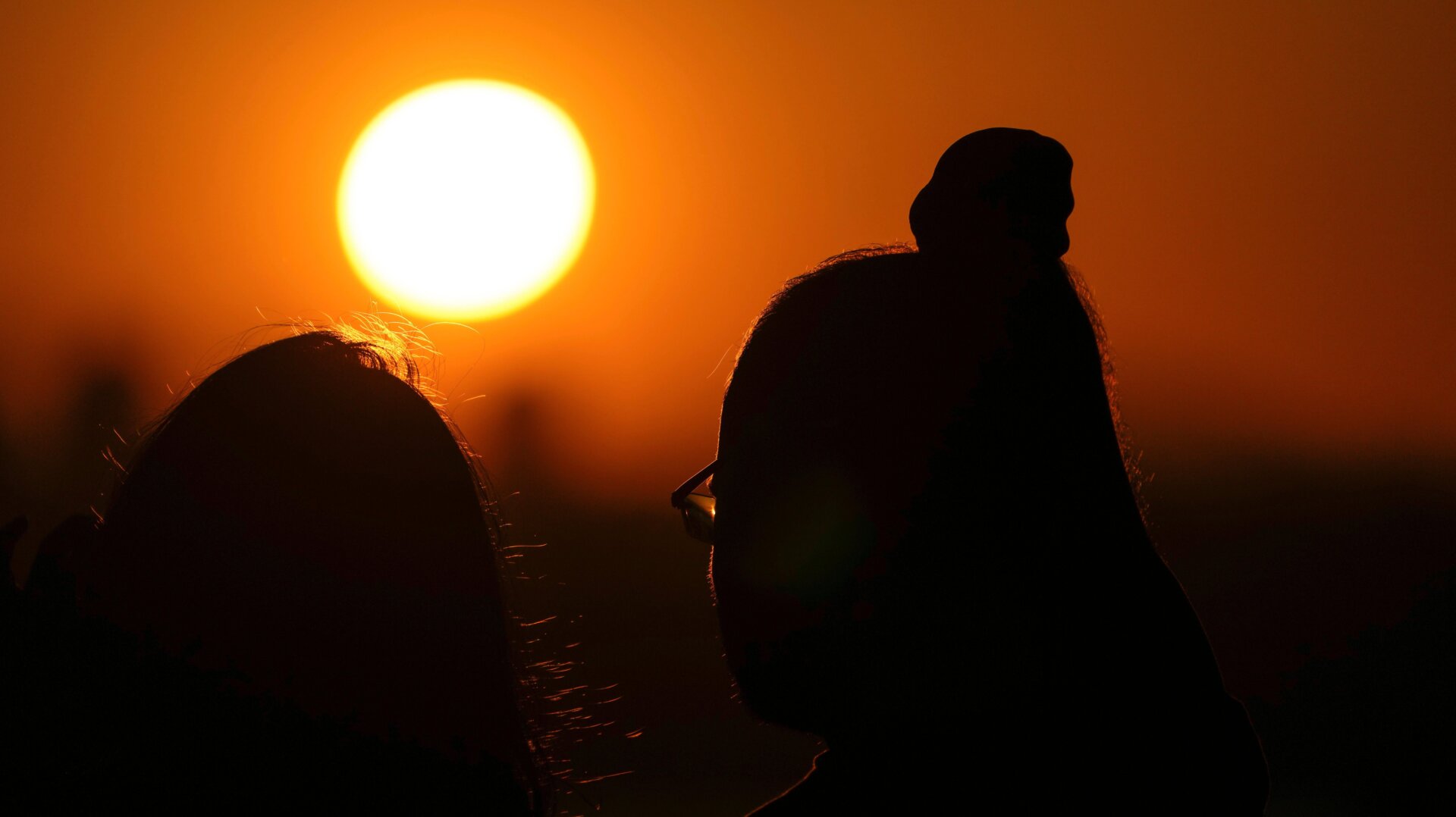It is a tale of two hurricane seasons in the Atlantic and the eastern Pacific. The former got off to a raging start with a late May storm that basically made it to the Great Lakes, while the latter was DOA. Now their roles have reversed, though, with the Atlantic taking a nap while the eastern Pacific goes gangbusters, including what’s now its third hurricane of the season.
What gives?
There are a couple factors at play, including one that ties the basins together. And these factors could mean the divergent trends in activity continue for the foreseeable future.
You may recall the Atlantic going wild in May. Subtropical Storm Alberto formed ahead of the official start of hurricane season, turned tropical over land, and rumbled all the way to Indiana. That may have felt like a bad omen after 2017’s record setting season, but things have since gone dark due to two big factors that are tamping down activity.
The first is dust that’s been whisked up from the Sahara and spun across the Atlantic and all the way to Mexico’s Yucatan Peninsula. That’s a pretty regular occurrence and in fact helps replenish beaches and provides a fertility boost to the Amazon, but this year’s plume is particularly copious. All that particulate matter in the atmosphere can make for spectacular sunsets (including in Houston this past weekend!). But more importantly for us, it also comes with a blast of incredibly dry air, thus depriving hurricanes of the moist atmospheric environment that they need to form and strengthen.
The thickest plume of dust currently sits over what’s known as the main development region, a span of the tropical Atlantic between 10 degrees and 20 degrees North of the equator. So yeah, the atmosphere isn’t really having it.
But even if it was, the tropical waters below aren’t so tropical of late. Sea surface temperatures in parts of the main development region are as much as 3.4 degrees Fahrenheit (1.9 degrees Celsius) below normal. That’s a huge swing from last year when the region was much warmer than normal. The shift is largely driven by a high pressure in the subtropical Atlantic this spring, which helped speed up trade winds, which in turn churned the region and brought cool waters to the surface.
In absolute temperatures, the region is still pleasantly warm in the mid-70s. That’s great for swimming but terrible for hurricanes, which generally need to pass over waters in the mid-80s to really pick up steam.
Each factor on its own would be a big deal, but together they’re creating a stranglehold on the basin. Phil Klotzbach, a meteorologist at Colorado State, tweeted that the school’s hurricane forecast for the Atlantic is now calling for a below average season.
The eastern Pacific, meanwhile, started on May 15 as a snoozefest. Then back-to-back major hurricanes whipped up in early June, including one whose remnants dumped rain on the Southwest. The storm parade hasn’t let up since, with four more named storms. Fabio, the latest, just became a hurricane on Monday morning and could undergo rapid intensification to a major hurricane, according to weather.us meteorologist Ryan Maue. The hurricane is also the earliest sixth storm to form in the eastern Pacific on record.
What’s driving the activity in the eastern Pacific is also a third factor putting a damper on the Atlantic: the rise of El Niño. While we’re not officially in an El Niño yet, the atmosphere and ocean are starting to resemble the climate phenomenon that usually warms the tropical Pacific.
“Generally the northeast Pacific and Atlantic are anti-correlated for hurricane activity,” Klotzbach told Earther. “That is, when El Niño conditions are present, it reduces Atlantic hurricane activity and increases it in the northeast Pacific.”
El Niño tends to deliver strong upper level winds coming out of the west into the Atlantic. Those winds create a lot of shear, which can tug and pull hurricanes apart in the Caribbean and Gulf of Mexico.
The El Niño pattern is forecast to develop this summer and could emerge fully in fall, which also coincides with the peak of Atlantic hurricane season. Even as the dust is expected to die down and Atlantic ocean temperatures are expected to warm, El Niño could continue putting a damper on things.
“The Atlantic is typically quiet until August-September as the peak of hurricane season is a tall mountain rather than a gently sloping plateau,” Maue told Earther. “We wouldn’t expect anything in the far Eastern Atlantic or the ‘Main Development Region’ east of the Lesser Antilles until probably August.”
Even if conditions continue to be sleepy in the Atlantic, here’s your always prudent reminder that it only takes one storm to inflict major damage.
